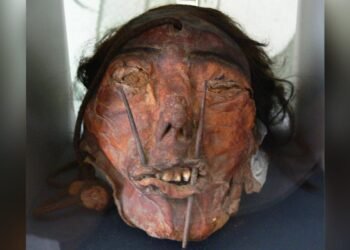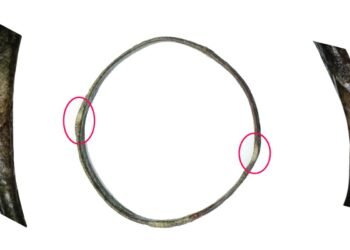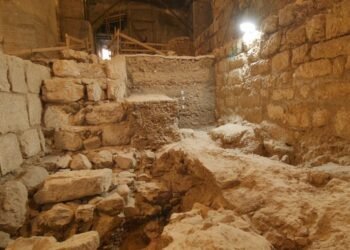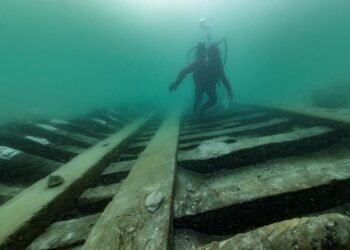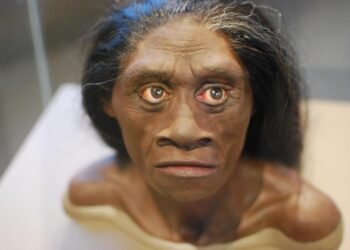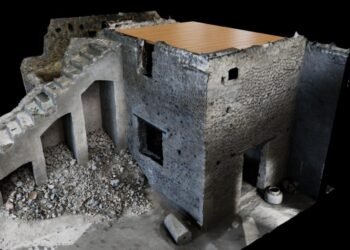After two decades of research, forensic scientists have finally confirmed that the remains buried in Seville Cathedral, Spain, belong to the famous 15th-century explorer Christopher Columbus.
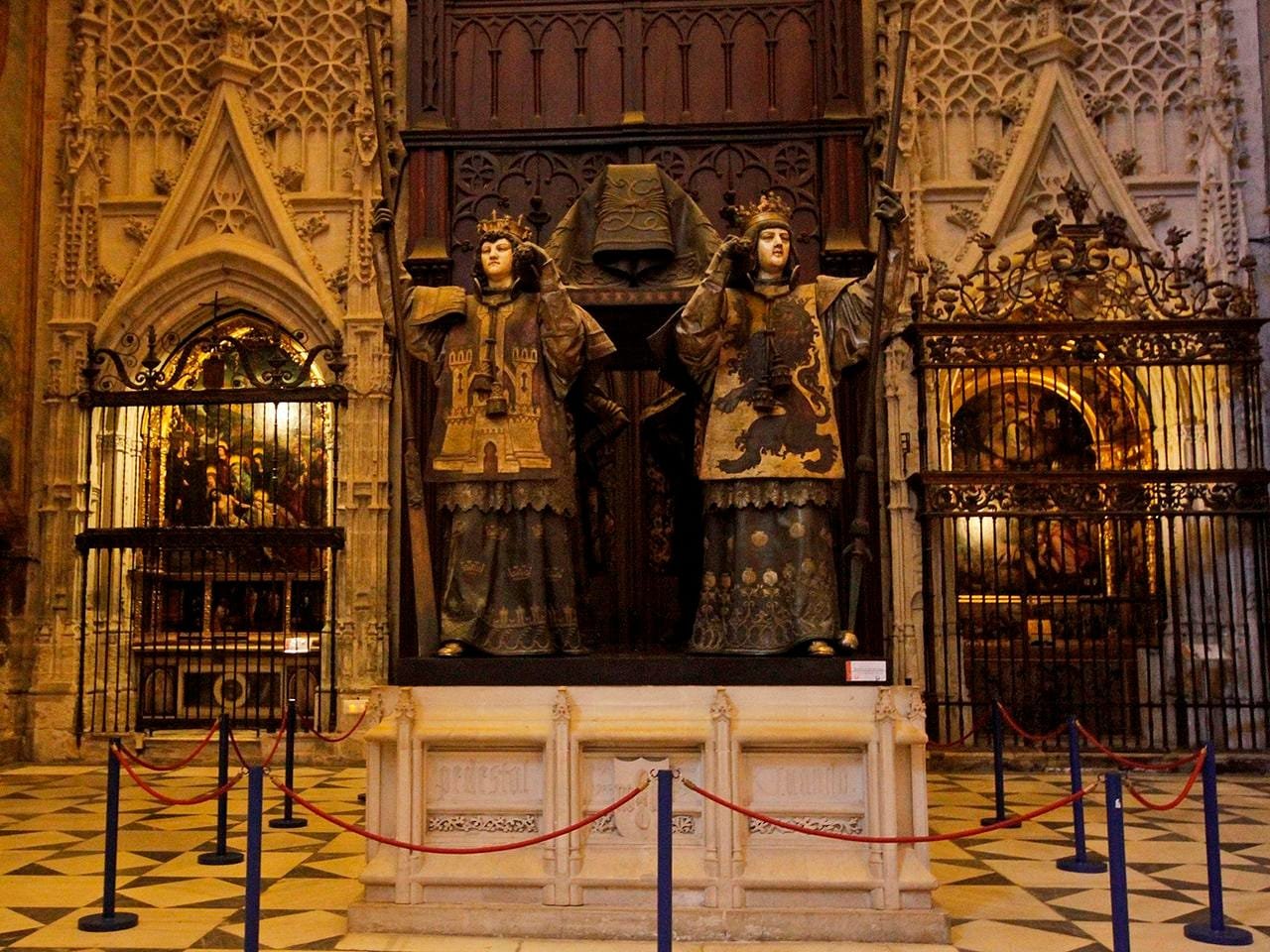
Using advanced DNA analysis, researchers matched the remains with those of Columbus’ son, Hernando, and his brother, Diego, who are also buried in the cathedral. This breakthrough has resolved long-standing doubts about whether the bones in Seville truly belonged to Columbus, whose body had been moved multiple times after his death in 1506.
Columbus’ posthumous journey started when he died in Valladolid, Spain, but his remains were first transferred to the island of Hispaniola, modern-day Haiti, and the Dominican Republic, in 1542, according to his wishes. From there, they were moved to Cuba in 1795, when Spain lost control of Hispaniola, and later returned to Seville in 1898, following Spain’s defeat in the Spanish-American War. This constant relocation, coupled with claims that another set of remains found in the Dominican Republic could also belong to Columbus, fueled skepticism about the authenticity of the bones in Seville.
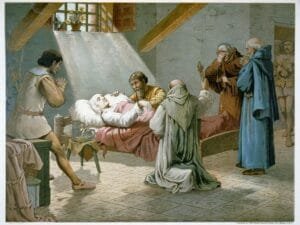
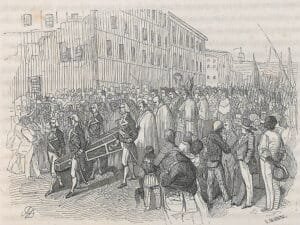
The team behind the research was led by forensic scientist José Antonio Lorente from the University of Granada, who has spent more than 20 years working on this case. Lorente announced the findings with “absolute reliability,” explaining that advancements in DNA technology have allowed for conclusive results. Lorente’s team worked with laboratories in Spain, the United States, Mexico, and Italy, all of which independently confirmed the DNA matches without communication between the clinics.
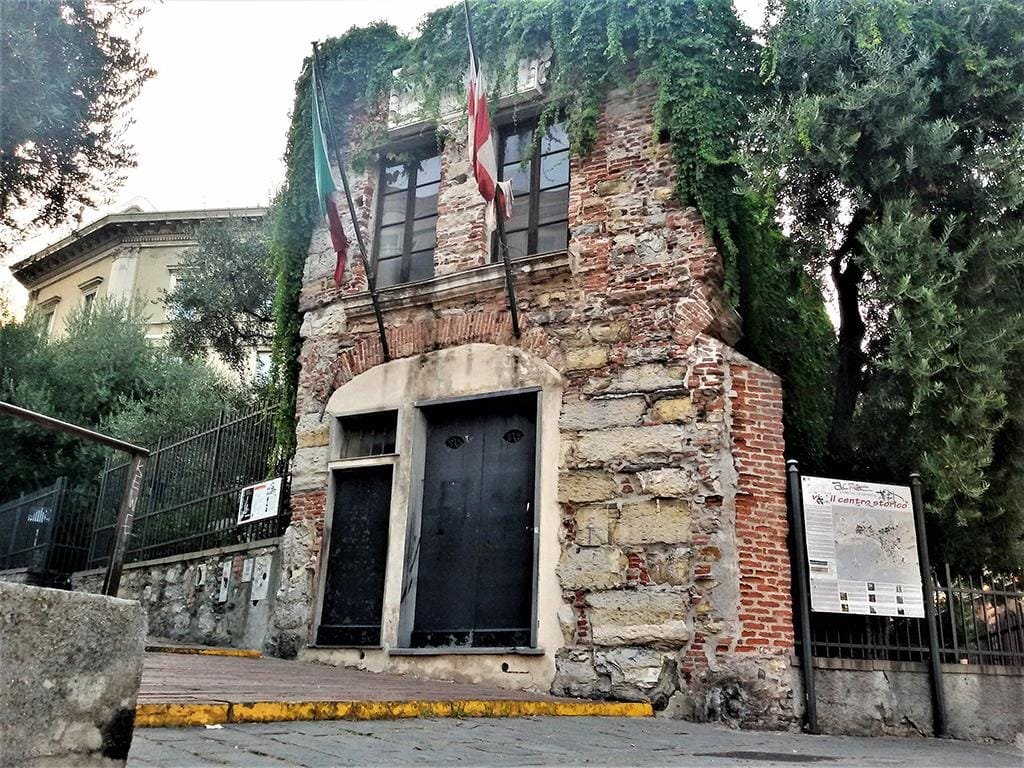
While the identity of the remains is now confirmed, the question of Columbus’ origins remains open. Columbus is widely believed to have been born in Genoa, Italy, but theories about his birthplace have ranged across 25 different locations in Europe, including Spain, Portugal, France, Greece, and even as far as Scotland and Norway. Some have even speculated that he might have had Jewish ancestry. Lorente and his team are also investigating this mystery using DNA analysis.
In a 2021 interview, Lorente stated, “There is no doubt on our part [about his Italian origin], but we can provide objective data that can close a series of existing theories.” In the broader context, Columbus’ legacy remains controversial. While he is celebrated for his role in opening the Americas to European exploration and colonization, critics point to the brutal consequences of his voyages, including the enslavement and decimation of indigenous populations. These darker aspects of his legacy have sparked debates and led to protests in recent years, with statues of Columbus being toppled and calls for the re-evaluation of his place in history.

As the debate continues over Columbus’ impact on the world, the scientific community now at least has a definitive answer to one of the long-standing mysteries: the remains in Seville truly belong to Christopher Columbus.



